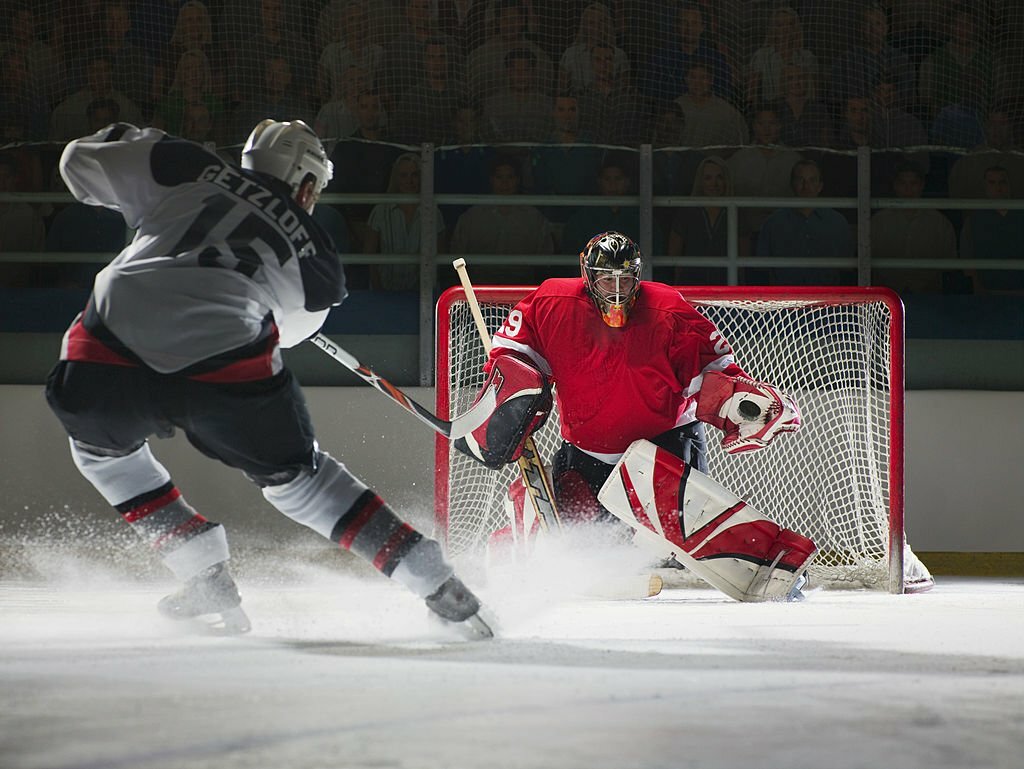How Many Periods in a Hockey: A Comprehensive Guide
Table of Contents
Curious about hockey game structure? Discover the number of Periods in a Hockey match, explained in simple terms. Get the scoop!
As avid enthusiasts and lovers of the sport, we recognize the importance of clarity on the subject of the fundamental aspects of hockey. Whether you’re a pro spectator or a newcomer to the sport, knowledge of the shape of a hockey suit is vital. In this manual, we can delve into how many intervals are played in hockey, offering you an in-depth and insightful evaluation.
How Many Periods in Hockey?
A standard hockey match comprises three periods, each spanning 20 minutes of active play. Intermissions of 15 minutes separate these periods, allowing teams to swap ends and players to take a break. Consequently, the total duration of a typical hockey game is approximately 60 minutes of actual playing time, or 75 minutes when including intermissions. In the event of a tied score after three periods, the game proceeds to overtime. Overtime periods mirror the standard 20 minutes and persist until one team successfully scores.

The Standard Format
Regular Play
In standard ice hockey, the game is divided into three periods, each lasting 20 minutes. These periods encompass the intense action, skillful plays, and strategic maneuvers that make hockey the exhilarating sport it is. The brief intermissions between periods allow players to regroup, strategize, and recharge for the upcoming challenges.
Overtime Periods
However, the excitement doesn’t necessarily end after the third period. In certain situations where the scores are tied, overtime periods come into play. Overtime provides teams with an additional opportunity to secure victory. Each overtime period typically lasts 5 minutes, and the sudden-death format ensures a decisive outcome. The first team to score during overtime clinches the win.
Variations in Periods
While professional ice hockey adheres to the three-period standard, it’s worth noting that variations exist, especially in youth and amateur leagues. These leagues might adopt different structures, with shorter periods tailored to the age and skill level of the players. Understanding the specific rules of the league you’re following adds an extra layer of appreciation for the diverse nature of the sport.
Historical Context
To truly grasp the evolution of the number of periods in hockey, let’s briefly explore the historical context. In the early days of the sport, hockey games featured two halves instead of three periods. The transition to the current format occurred as the game evolved, with organizers recognizing the benefits of dividing play into more manageable segments. Great post to read Act Marketing Protocol.
What are the NHL’s overtime rules?
In the NHL, overtime rules involve a sudden-death format. If the game is tied after the regular three periods, teams play a five-minute overtime period with fewer players on the ice (3 skaters per team). If a goal is scored during this time, that team wins. If no goal is scored, a shootout occurs, where each team gets three shots. If still tied, it goes to sudden-death shootout rounds. The team with the most shootout goals wins. If tied after the three rounds, the shootout continues in a sudden-death format until a winner emerges.
Influencing Factors
League Regulations
The number of periods in a hockey game isn’t arbitrary; it’s often influenced by league regulations. Different leagues, whether at the professional or amateur level, may adopt variations to suit their specific needs. This adaptability ensures that the game remains dynamic and engaging across various platforms.
International Competitions
In the realm of international competitions, such as the Olympics or World Championships, regulations may differ from standard league play. Understanding these variations becomes essential when following your favorite teams on the global stage.
Final Words
In conclusion, our comprehensive guide has provided an in-depth exploration of the number of periods in hockey. Whether you’re a seasoned fan seeking a refresher or a newcomer eager to understand the basics, we hope this guide has enriched your appreciation for the game. The dynamic nature of hockey, with its regulation periods and potential overtime thrillers, exemplifies the sport’s enduring appeal.
People also ask
Does hockey have 3 or 4 periods?
Hockey has 3 periods.
How many periods are there in a hockey game?
There are 3 periods in a hockey game. Each period is 20 minutes long.
Are there only 2 periods in hockey?
No, there are 3 periods in hockey.
What is the duration of a hockey match?
A hockey match is typically 60 minutes long. This includes the three 20-minute periods, as well as two 15-minute intermissions.
What is a hockey score called?
A hockey score is called a goal.



